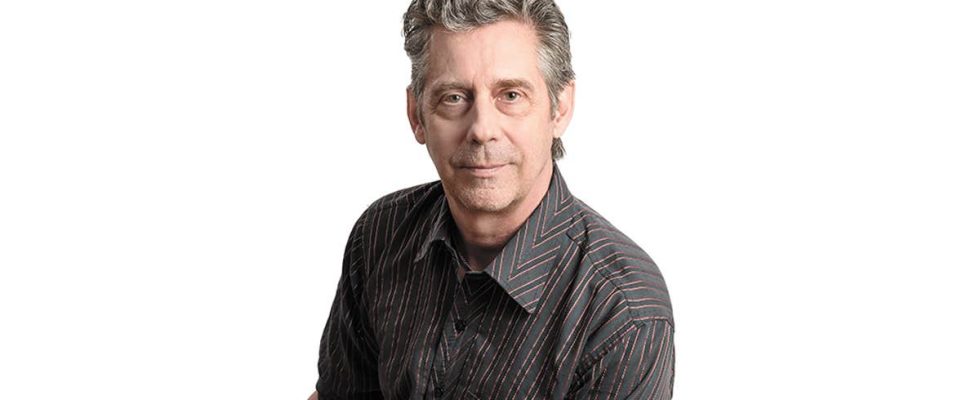The size of the Indian economy has almost doubled since Prime Minister Narendra Modi came to power ten years ago, as has the number of billionaires, while the job market is still as sluggish and that inequalities have radically widened. The darling of a Hindu middle class that is nevertheless weakened, Mr. Modi has masterfully succeeded, as a good-natured populist, in surfing on this inconsistency by cultivating the cult of his personality, leaning on an ideological level to a religious and ultranationalist discourse. Understand: anti-Muslim. Against the backdrop of the Indian version of the American Dream, its models of governance are the Chinese, Russian and Turkish presidents. India’s GDP is swelling, but its democracy is shriveling.
The day will undoubtedly come when the triumphant authoritarianism around which its exercise of power is structured will begin to crumble. In the meantime, the impressive process of the legislative elections which has just begun, with 960 million voters being called to the polls in stages, will almost certainly lead, on June 4, to the easy re-election to a third term of its BJP ( Indian People’s Party, camped on the right) facing appreciable but fragmented opposition.
If this democracy, fascinating by its gigantism and its resilience, has always been prevented from progressing due to clientelism, the extreme centralization and personalization of power and state institutions by Narendra Modi is now taking into account this problem of excessive dimensions.
The dynamics of the last twenty-five years are clear: within Indian society, at the end of the 2000s and the beginning of the 2010s, there was a virulent popular discontent with corruption scandals within of the Congress party, installed in power as a single party since independence in 1947. An outcry in which the vigilance of the media and the political mobilization of civil society played a major role. However, it is on the disorder of these scandals and on the wear and tear of a discredited Nehru-Gandhi dynasty that Modi built his popularity, before chasing opponents, once he became prime minister.
The media no longer dare to say anything in India, for fear of being harassed by the tax authorities or being sued for defamation. University researchers stand their ground. Several foreign journalists have been expelled for criticizing government measures, such as the anti-conversion laws – read anti-Muslim, but also anti-Christian – promoted by the BJP in the name of the manufactured fear of the “great replacement”. A fear that Modi does not hesitate to exploit at the start of the campaign: Muslims (14% of the population) are “intruders” demographically threatening Hindus.
Against the opposition parties, the attacks became more frontal: attempt to create an electoral financing scheme which clearly favored the BJP, attack on the independence of the Electoral Commission, legal accusations against two leading opponents plan — Congress leader Rahul Gandhi and Delhi chief minister Arvind Kejriwal — to prevent them from contesting the elections. With the result that the very integrity of the electoral machine and process is called into question.
None of this unduly disturbs public opinion, if we are to believe a recent Pew Research Center poll according to which Indians, in an incredible proportion of 85%, approve of the idea of strong government, that it be civil or even military.
Modi rallies the electorate, all castes combined, by projecting with astonishing effectiveness the proud image of a “Hindu renaissance” and the influence of India on the international scene. Beyond that, the man is in radical break with the project of secular and pluralist society on which the country based its political culture. By inaugurating a sumptuous temple in January, erected on the site of an ancient Mughal mosque destroyed by Hindu fanatics in 1992, he presented himself as a priest at the same time as a prime minister. India is entering “a new era,” he prophesied. Outside of Modi, there is no salvation!
The fact remains that India may have become the fifth largest economy in the world, pumped up on capitalist steroids, but the majority of Indians still live in poverty. What would Mr. Modi’s popularity actually be if he had not expanded social assistance programs — not without taking care to make them political marketing tools to serve his aura? Mr Modi’s India, says eminent historian Ramachandra Guha, is a colossus with feet of clay. Behind the triumphalist facade, the country is sinking into an environmental catastrophe, foreshadowing major development and public health challenges. So many challenges to which Western powers complacently turn a blind eye, since it is above all a question of making India, by geostrategy, a bulwark in their rivalry with China.
